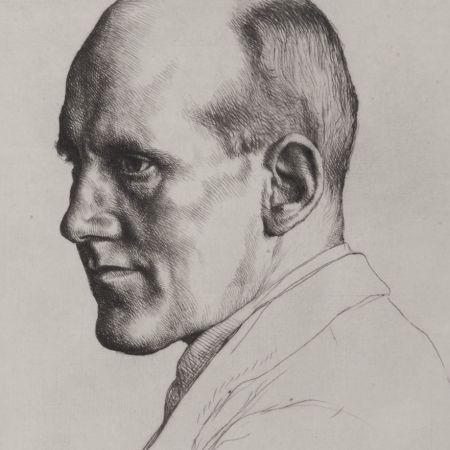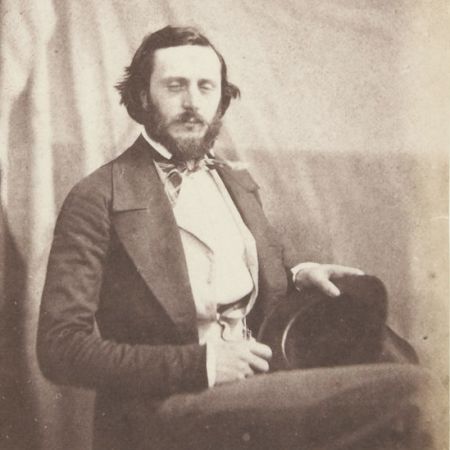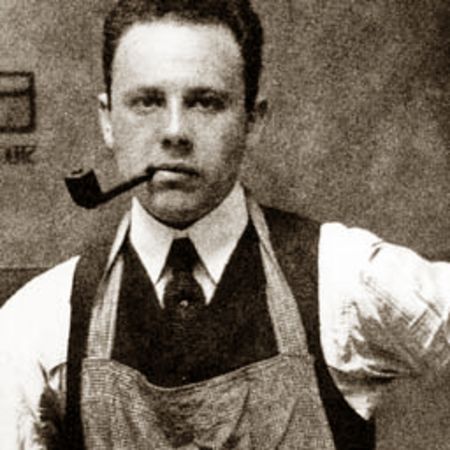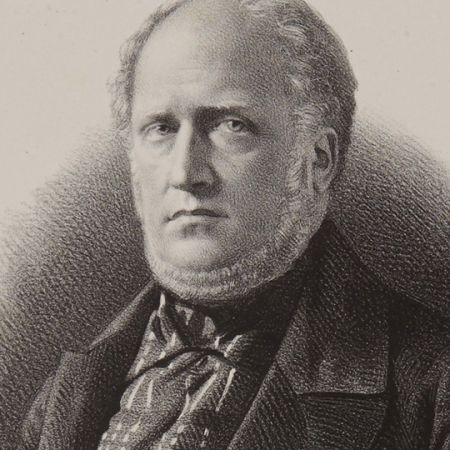
Joseph Nicéphore Niépce, Cardinal d'Amboise, 1826.
Joseph Nicéphore Niépce
French, 1765–1833
Joseph Nicéphore Niépce produced the first permanent images from nature with a camera, 20 years earlier than Louis Jacques Mande Daguerre, the man usually called the inventor of photography. With the help of his family fortune, Niépce experimented independently most of his life, producing the earliest photoetchings as precursors to the photogravure process.
Niépce began working with light-sensitive materials in 1814, shortly after the lithographic process was invented. Unable to locally obtain limestone, which most lithographers used to print from, he turned to pewter plates instead. After initially having the sun draw directly on the plates, Niépce commenced using existing engravings that he oiled to make translucent before exposing them to light-sensitive plates. In 1826 he produced his first successful photo-etching, or heliograph, that pictured a profile of the Cardinal d’Amboise. Two years later he switched to silver-plated copper plates believing the material would work better for etching and printing.
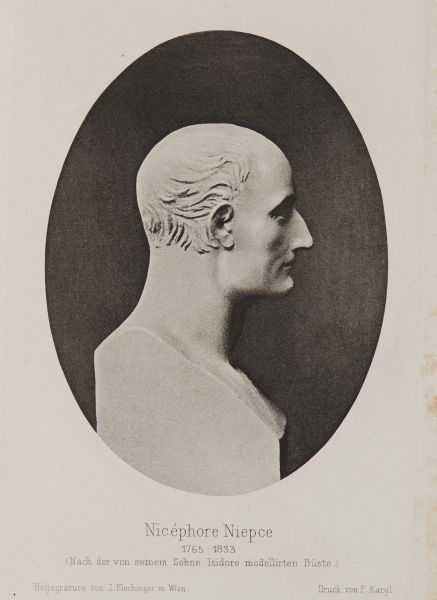
Portrait of Joseph Nicéphore Niépce inventor of photography: from a bust modeled by his son Isidore, Niépce (Isidore, 1795-1868), 1867 (1891 print)
Niépce’s printing experiments encouraged him to attempt to obtain permanent images directly from nature with the camera obscura. He obtained camera-generated images as early as 1816, but the tones were reversed and the prints fugitive. About ten years later, he produced the earliest extant photograph from nature when he made an eight-hour exposure from the upstairs window of his estate at Gras, France. This 6 1/2 x 8-inch pewter plate shows two towers with high-contrast tones and conflicting shadows.
In 1829, Niépce entered into partnership with Daguerre, intending to perfect and market his groundbreaking process. Daguerre, however, contributed little to the endeavor but benefited from Niépce’s death a few years later. This allowed Daguerre to herald his own process ten years later as the first fully developed method of making photographic images. In 1855 Niépce’s cousin, Abel, succeeded at fulfilling Niépce’s original goal of pulling engraved prints from camera-generated plates, but few people paid attention to this revival of heliography.
